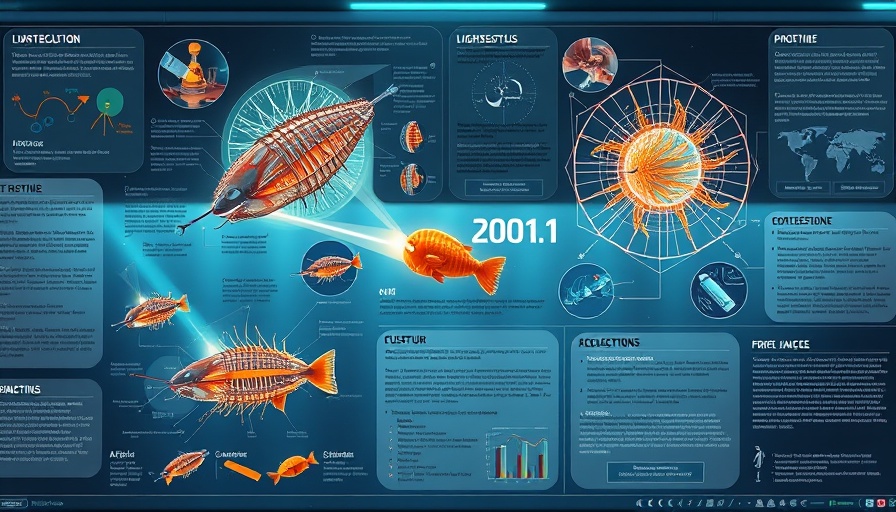
Introducing Light-Powered Microscopic Swimmers
Imagine tiny disk-shaped particles that can swim autonomously in a fluid when exposed to light. This innovative technology, recently developed by scientists at NYU Tandon School of Engineering, operates much like microscopic robots, pushing the boundaries of what we previously thought was possible in the field of biotechnology.
How They Work: The Science Behind the Swimming
These advanced artificial swimmers are approximately 200 micrometers across, made from a combination of dried food dye and propylene glycol. When placed in a special nematic liquid crystal and illuminated with a green LED light, the food dye converts light into heat, causing a phase transition and prompting the liquid crystal to become disordered. This process creates a momentum that propels the tiny disks forward, allowing them to navigate through fluids for potential applications in drug delivery.
Practical Applications: From Healthcare to Environmental Cleanup
The implications of this technology are immense. Researchers believe these light-powered swimmers could revolutionize drug delivery systems by enabling targeted therapies that can adapt their release mechanisms based on the conditions they encounter in the body. Additionally, these swimmers could assist in cleaning up pollutants in water, providing a new approach to environmental challenges. As highlighted by lead researcher Juan de Pablo, this work not only applies to drug delivery but could also lead to new smart materials and sensors that respond dynamically to their environments.
Technical Innovations: Potential for Future Development
The current capacity of these swimmers to operate in three dimensions presents exciting possibilities for their future design and implementation. With adjustments in temperature and light intensity, these disks display intriguing behaviors, creating designs visible under a microscope that resemble flowers in bloom, revealing the potential for aesthetic applications as well.
Understanding the Future of Biotechnology
As we explore this new frontier in biotechnology, it raises important questions. What does the development of such technologies mean for ethical considerations in medicine and environmental management? As innovative as they are, we must also weigh the implications of deploying such devices in sensitive biological and ecological systems. For instance, how would they interact with existing cellular mechanisms? These questions will be critical as the technology progresses.
With the dawn of light-powered microscopic swimmers, we stand on the brink of a biotechnological revolution. Their ability to navigate fluids autonomously could transform how we think about drug delivery, environmental cleanup, and material design.
As these technologies continue to develop, they encourage exploration into sustainable practices that align with our health and environment, reflecting our need for innovation that enhances overall well-being. For those passionate about biotechnology and sustainability, staying informed about these advancements is vital.
 Add Row
Add Row  Add
Add 




Write A Comment